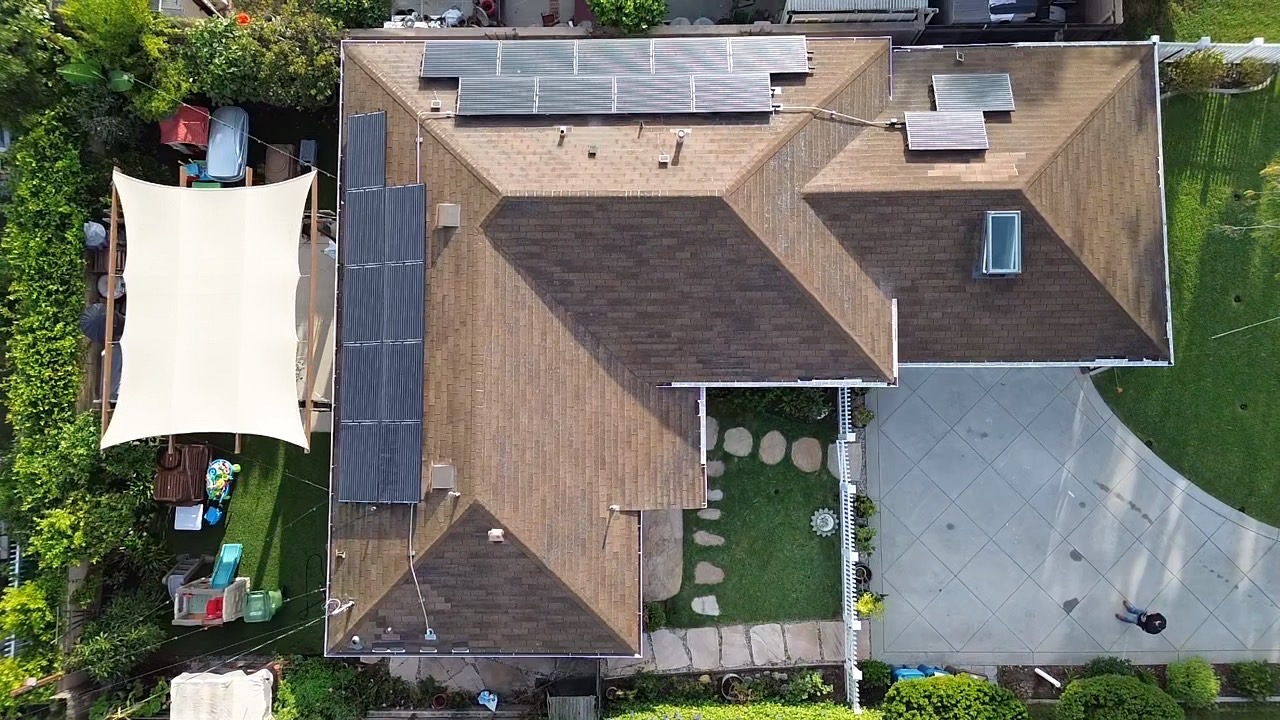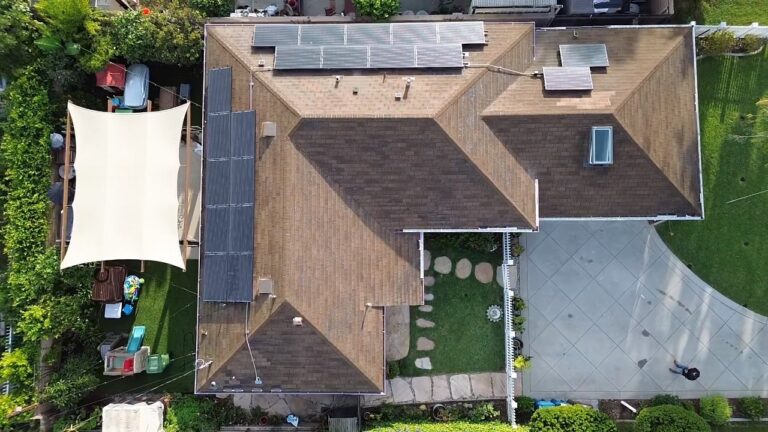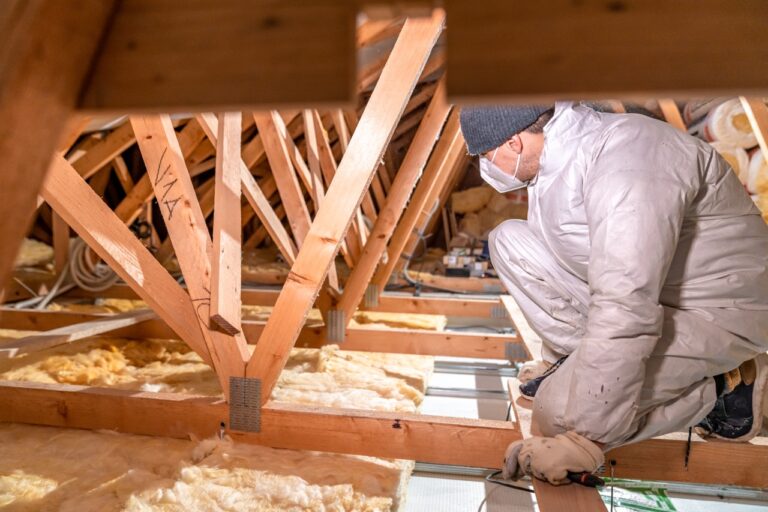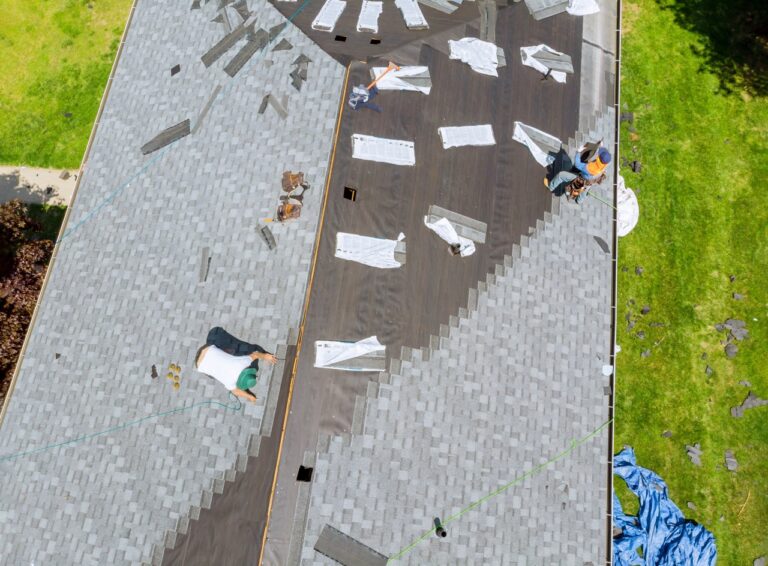Planning a new roof or repair project in Los Angeles? If you’ve received a quote from a contractor or browsed roofing materials, you’ve likely come across the term “roofing square.” But what does it mean, and why is it important?
Understanding roofing measurements is essential when comparing estimates, ordering materials, and setting a realistic budget. Misunderstanding the term could leave you overpaying or underestimating what your home needs.
This guide breaks down everything Los Angeles homeowners need to know about roofing squares, how to calculate them, and how they factor into roof repairs and replacements.
What Is a Roofing Square?
A roofing square is a standardized unit of measurement used in the roofing industry to simplify the calculation of materials and labor. One roofing square equals 100 square feet of roof surface area.
In simple terms:
- 1 roofing square = 10 feet by 10 feet = 100 square feet
- 10 roofing squares = 1,000 square feet of roofing surface
Roofing contractors use squares to quickly determine how much material is needed. Instead of saying a roof is 1,600 square feet, a contractor might say it requires 16 squares of shingles.
This term is especially helpful in areas like Los Angeles, where homes vary widely in size and shape.

Why Roofing Squares Matter for Homeowners
If you’re getting your roof repaired or replaced, knowing how many squares your home needs will help you:
- Understand contractor estimates more clearly
- Avoid overpaying for excess materials
- Verify that you’re not being underquoted
- Budget accurately for future maintenance
Roofing materials are often sold by the square, not the square foot. If a shingle bundle covers 33.3 square feet, you would need 3 bundles per square. This math is used for all roofing materials, including shingles, underlayment, and felt paper.
To understand how this applies to your property, visit our roof replacement services page for a deeper breakdown of installation and planning.
How to Calculate Roofing Squares
While contractors typically handle these measurements, it’s useful for homeowners to know the basics. Here’s a simple way to estimate your own roof’s square footage and convert it to roofing squares.
Step 1: Measure the footprint of your home
Multiply the length by the width of each section of your house (excluding garages or other structures if they aren’t being re-roofed).
Step 2: Adjust for roof pitch
Roofs aren’t flat. The steeper the slope, the more surface area you need to cover. Use a pitch multiplier to account for this.
| Roof Pitch | Multiplier |
|---|---|
| Flat or 2/12 | 1.00 to 1.03 |
| 4/12 | 1.06 |
| 6/12 | 1.12 |
| 8/12 | 1.20 |
| 10/12 | 1.30 |
Example:
A home with a flat roof measuring 40 x 30 feet has 1,200 square feet of surface area.
Divide by 100 to get 12 roofing squares.
A similar home with a 6/12 pitch would require:
1,200 sq ft × 1.12 = 1,344 sq ft = approximately 13.44 squares
If you’re unsure about your roof’s pitch, a roof inspection can provide an accurate measurement.
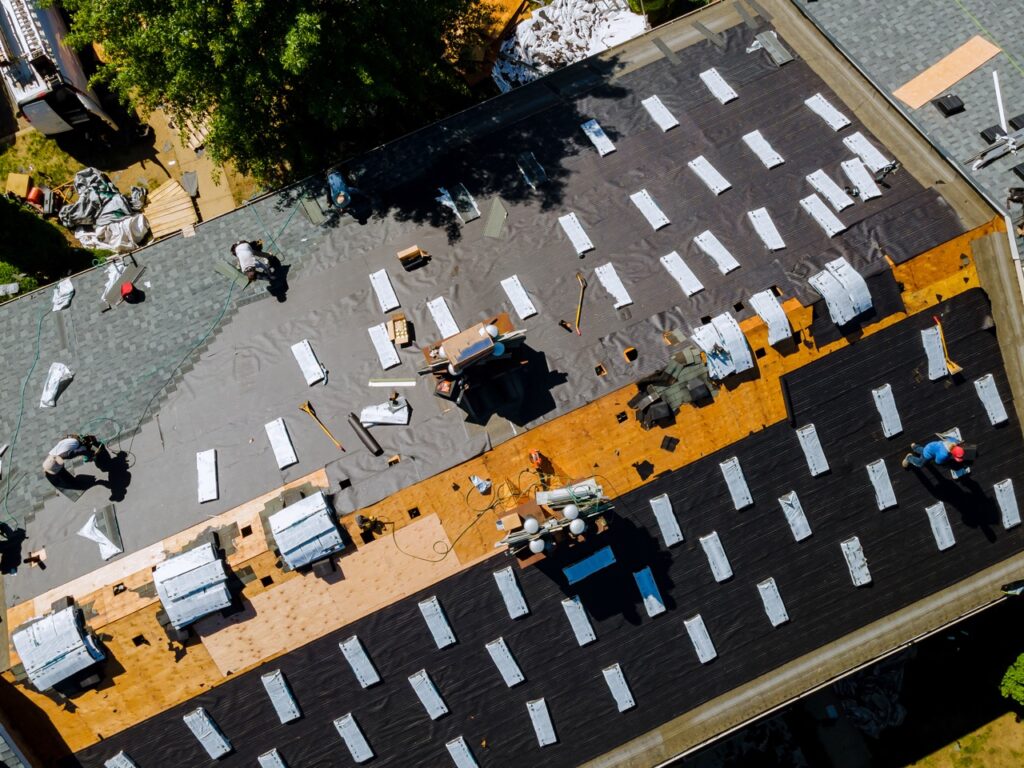
Roofing Squares and Material Planning
Each roofing square impacts your material order. Here’s how it typically breaks down:
Shingles:
Most asphalt shingles come in bundles that cover around 33.3 square feet. You’ll need 3 bundles per square.
Underlayment:
Sold in rolls. A typical roll of felt covers about 4 roofing squares.
Ice and water shield:
Sold per roll. Often placed around edges and valleys.
Drip edge, nails, and flashing:
Also calculated based on squares and roof edges.
Add about 10 to 15 percent extra for waste, especially for cut pieces, starter strips, and coverage around chimneys or vents.
Understanding roofing squares ensures your contractor orders correctly and avoids delays or overages.
Common Misconceptions About Roofing Squares
1. All roofs with the same footprint require the same number of squares
False. Roof pitch significantly affects total square footage. A steep roof needs more material than a flat one, even if the base footprint is the same.
2. One square equals one bundle of shingles
Wrong. One square equals three bundles of standard asphalt shingles.
3. Roof repairs don’t require square calculations
Not true. Even small repairs use square calculations to estimate costs and materials accurately.
4. A square is the same for every roofing material
Not exactly. While a square always equals 100 square feet, material coverage can vary. For example, cedar shakes and metal panels come in different formats, affecting how many pieces make up a square.

Regional Considerations for Los Angeles Homes
Los Angeles roofs face intense heat, UV exposure, and occasional wind or seismic activity. These conditions impact both roofing material and maintenance frequency.
Factors that influence roofing square usage in LA:
- Stucco or tile siding homes often have sloped tile roofs, requiring more complex square calculations.
- Flat modern roofs require precise underlayment and coating per square foot due to pooling risk.
- Historic properties may require custom shingles, making square coverage even more critical.
Los Angeles building codes may also impact the materials allowed per roofing square. Always check that your contractor complies with local regulations.
Roofing Squares and Cost Estimations
Knowing how many roofing squares are on your home helps you estimate labor and material costs.
Average cost per square in Los Angeles:
| Material Type | Installed Cost Per Square |
|---|---|
| Asphalt Shingles | $350 to $600 |
| Tile Roofing | $700 to $1,000+ |
| Metal Roofing | $800 to $1,500+ |
| Flat Roof Systems | $400 to $900 |
These costs include tear-off, disposal, and labor. Keep in mind, complex roofs or difficult access points can increase price per square.
If you are considering upgrading materials or replacing your entire roof, our roof replacement guide can help you compare options.
Frequently Asked Questions
Is a roofing square 100 square feet of flat area or actual surface?
It is 100 square feet of actual roof surface, which includes slope and elevation.
Do roofers always use squares to calculate cost?
Yes. It is the standard unit in the roofing industry for both materials and labor.
Can I calculate roofing squares without climbing the roof?
Yes. Use satellite tools or measure the base footprint and apply a pitch multiplier.
Do metal roofs and shingle roofs use the same square calculations?
The square is the same, but material quantity and layout vary by roofing type.
What if I order too few squares of material?
Always order extra. A buffer of 10 to 15 percent helps account for waste and errors.
Why do some contractors quote different numbers of squares?
They may be accounting for waste, pitch, or details like dormers or valleys.
How accurate are online roofing calculators?
They give an estimate. For precision, a professional inspection is recommended.
Does a roofing square include trim and flashing?
No. Trim, flashing, and accessories are calculated separately but in relation to the square footage.
Do I need to know about roofing squares for a repair?
It helps. Even partial repairs are estimated based on the affected area in squares.
Can roofing squares impact permit requirements in Los Angeles?
Yes. Some cities require permits for roofs over a certain number of squares. Always check your local codes.
Conclusion
Understanding roofing squares gives you the knowledge to make informed decisions about your roof. Whether you’re getting a minor repair or planning a full roof replacement, knowing how many squares your roof has helps you budget, compare quotes, and avoid surprises.
It is a small term with a big impact.
Call to Action
If you are planning a roof project in Los Angeles and want expert help measuring or calculating your roofing squares, visit our roof repair or roof replacement pages. At Serenity Home Remodeling, we provide detailed inspections, accurate square measurements, and top-quality service tailored to Los Angeles homes. Contact us today for a free consultation.

